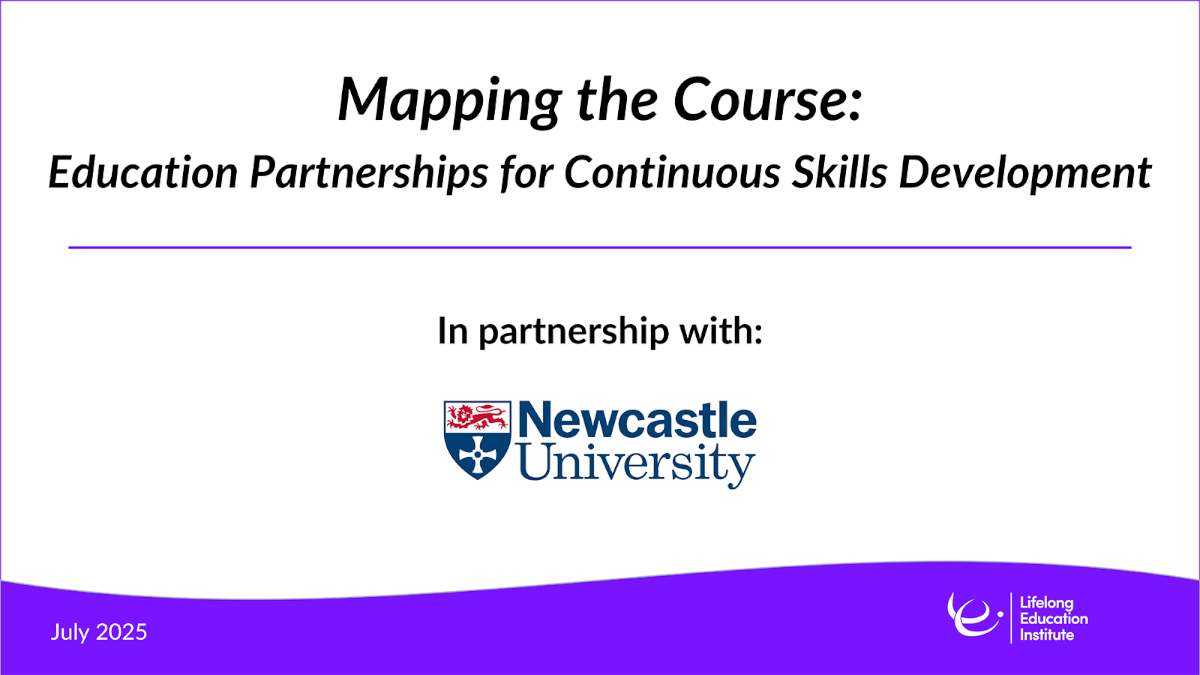What is the Role of High-Quality Teaching in Delivering the Skills of Today and Tomorrow?

Matt explores the meaning of high-quality teaching in FE, drawing from discussions at the FE+ Skills Collective in Birmingham. He highlights the importance of subject expertise, pedagogical knowledge, strong student relationships, and collaborative approaches in preparing educators and students for future challenges.
Key Questions for the FE Sector
The quality of students’ learning experiences is undeniably shaped by the quality of the teaching they experience during the course of their studies. These experiences can have a lasting impact on student engagement, their attitudes towards their studies, and ultimately how successful they are in achieving their goals. But what does high quality teaching look like? And how can the FE and Skills sector ensure that educators are well-equipped to deliver high quality teaching, along with integrating emerging technologies into the curriculum to develop their students’ skills? These were the questions that a group of experienced educators sought to answer as part of a focused discussion at the recent FE+ Skills Collective event held in Birmingham on 10th October. Along with Vikki Smith from the ETF, I had the pleasure of facilitating this discussion and piecing together the many excellent contributions.
Building Blocks of Teaching Excellence
In terms of what high-quality teaching looks like, it was acknowledged that while context always plays a key role in shaping this, common features were identified across subjects and organisational contexts. Unsurprisingly, subject expertise and pedagogical knowledge and skills are considered the backbone of quality teaching. For educators to develop this expertise, there needs to be an adequate infrastructure at a national and institutional level. The importance of teacher education provision, national standards updated regularly and an entitlement to lifelong learning for all educators were some of the examples of the sort of infrastructure regarded as vital to developing a culture and community of high-quality teaching.
Teaching with Heart: The Power of Relationships
While some of these factors might come under the broad umbrella of systemic support, there was a consensus among the group that for these elements to be effectively deployed, the conceptualisation of teaching as a human encounter and the importance of relationship building between educators and their students needs to be recognised. Knowing your students, knowing what engages them, knowing how to strike a balance between supporting them and challenging them to step outside of their comfort zones were cited as crucial skills. One of the group captured this with the memorable phrase, ‘We need to love our students wisely’.
Moving Forward: Collaboration and Innovation
Moving on to the final question about how best we equip educators to deliver high quality teaching and integrate emerging technologies, there was an overriding emphasis on the importance of collaboration. Collaboration between staff in terms of sharing best practice, working together to try out innovative approaches and new technologies such as AI in preparing and planning for teaching and learning. But also, collaboration between educators and their students, with a view to actively engaging students in collective decision-making when it comes to creating the curriculum or planning teaching activities. Surely, if we are to build bridges between policy and pedagogy, and to prepare both educators and students to realise their potential in the FE and Skills system, then it makes sense to ensure that these two key players are allowed to play a direct role in driving the discussion going forward.
By Professor Matt O’Leary, Faculty of Health, Education & Life Sciences at Birmingham City University











Responses